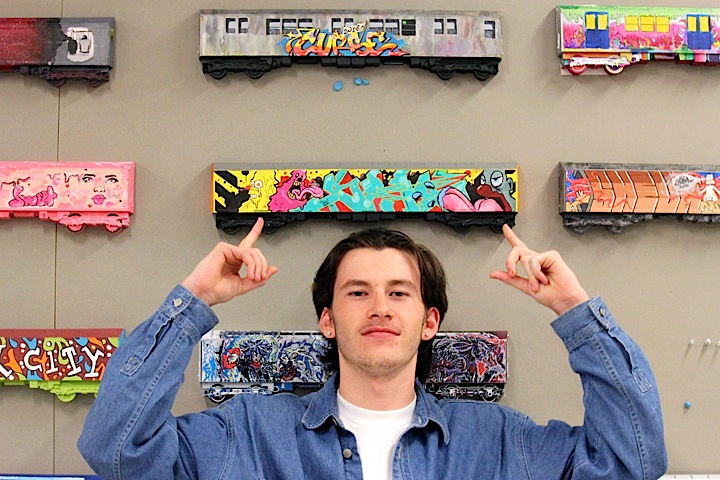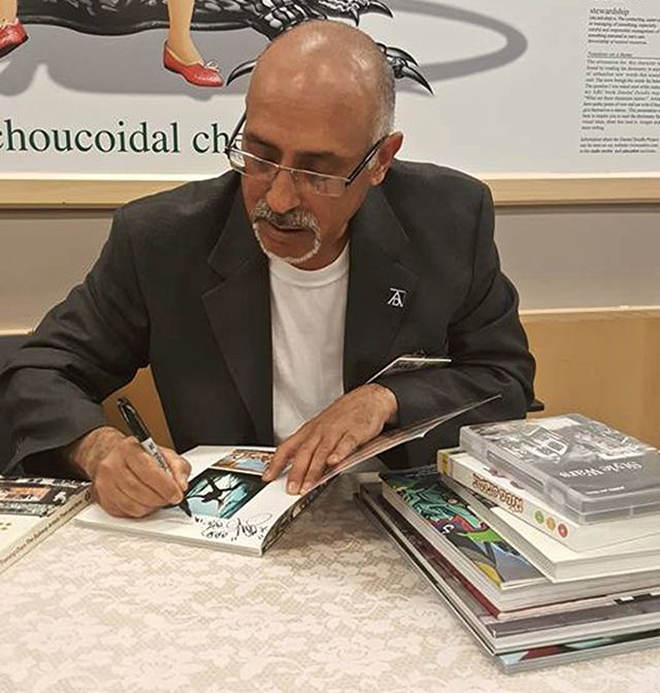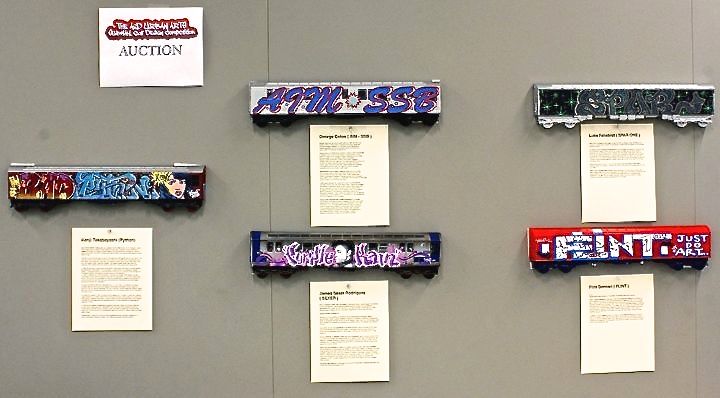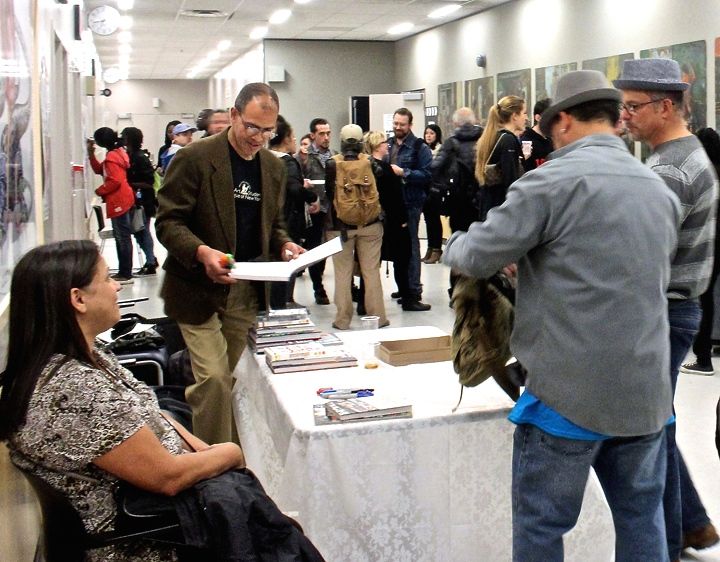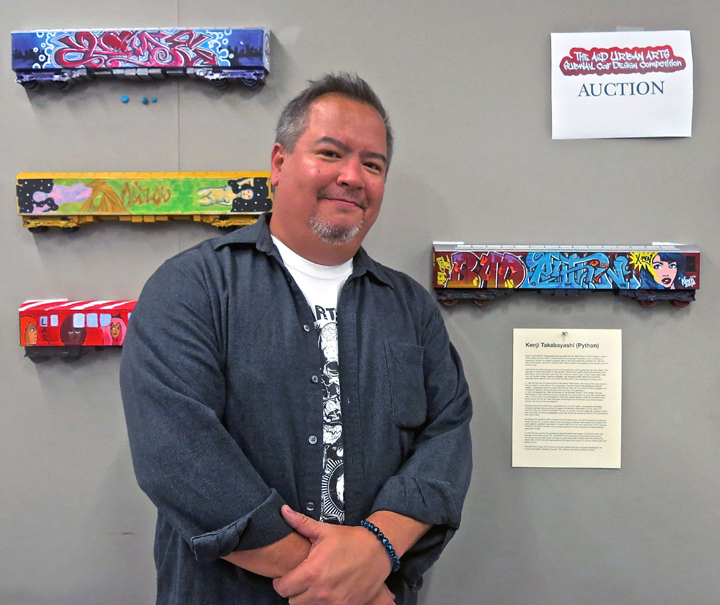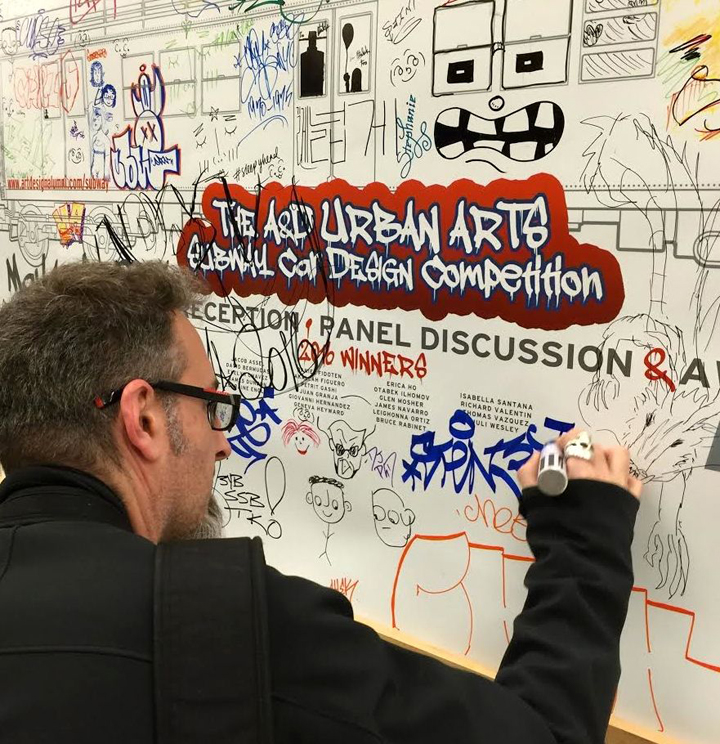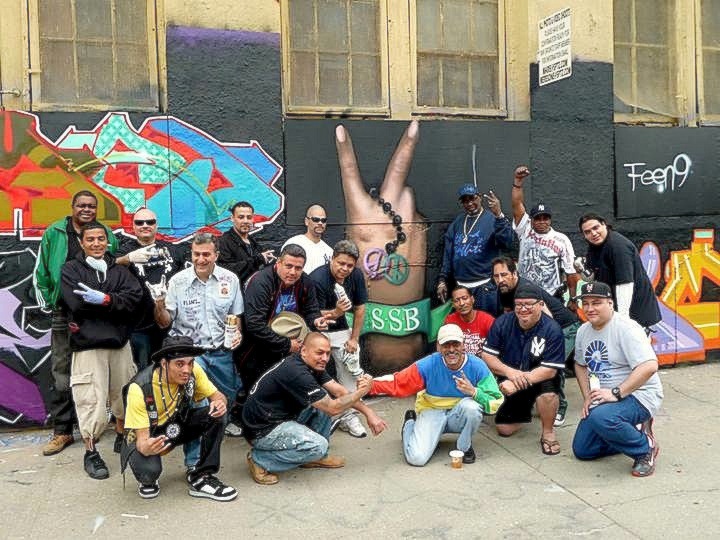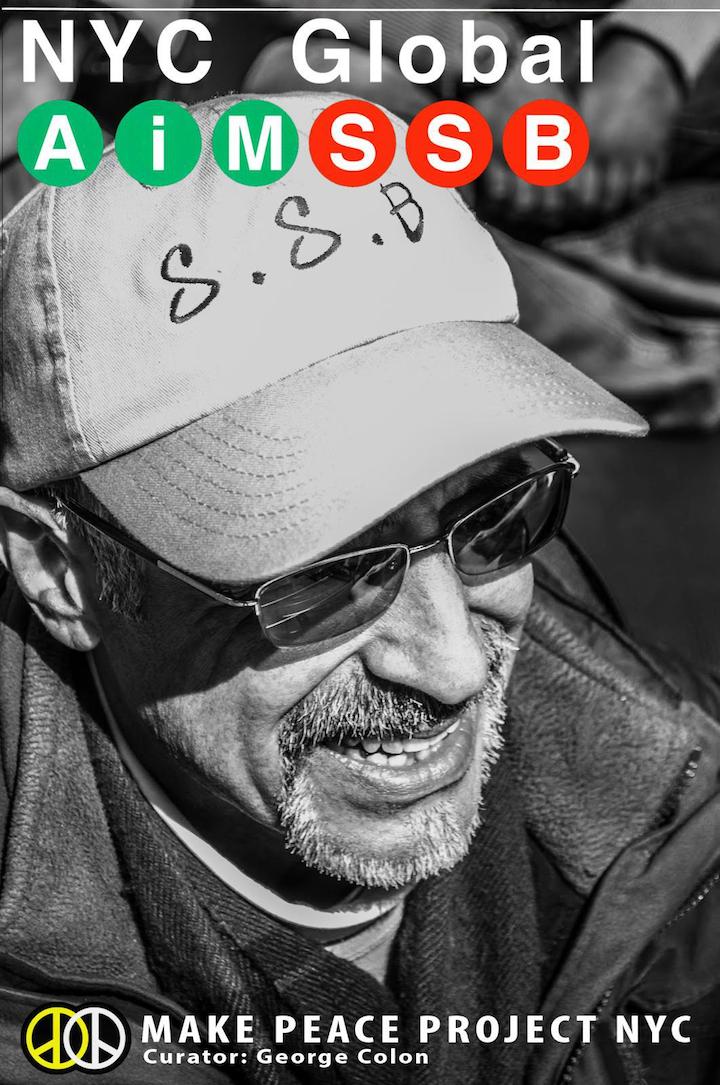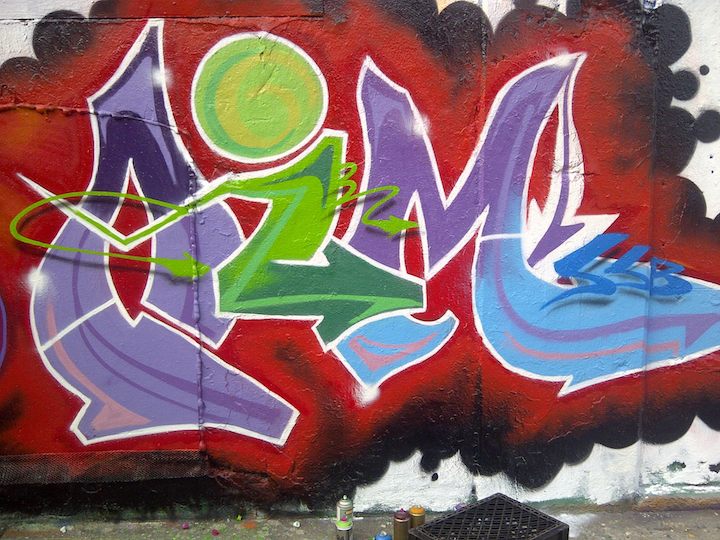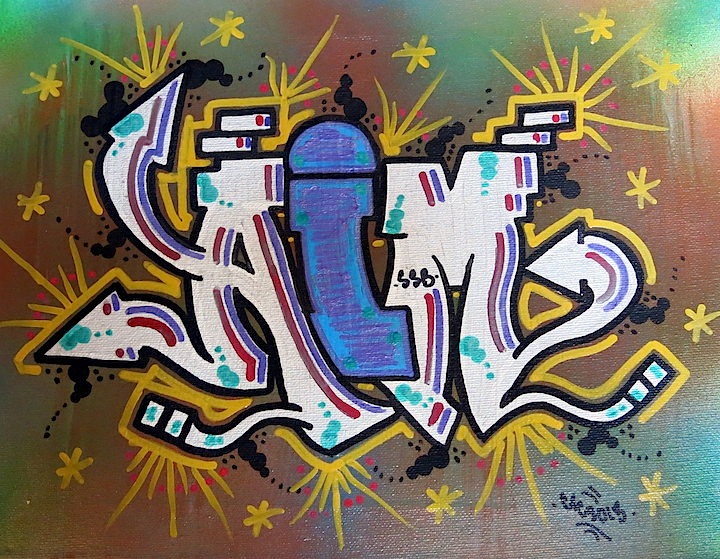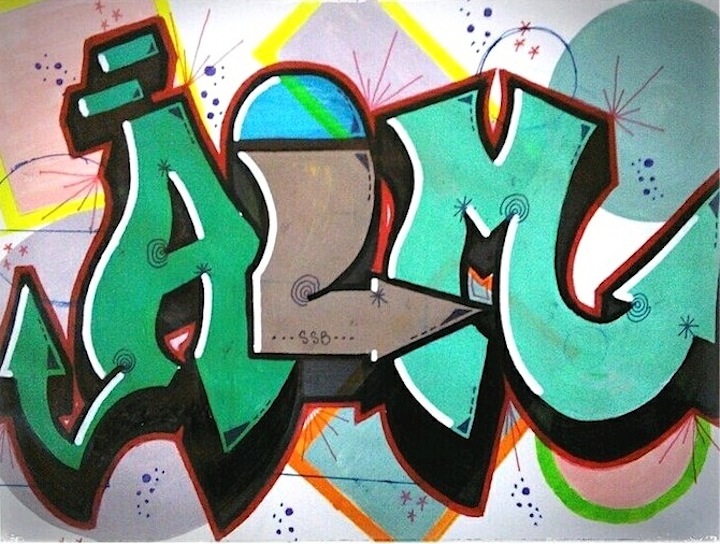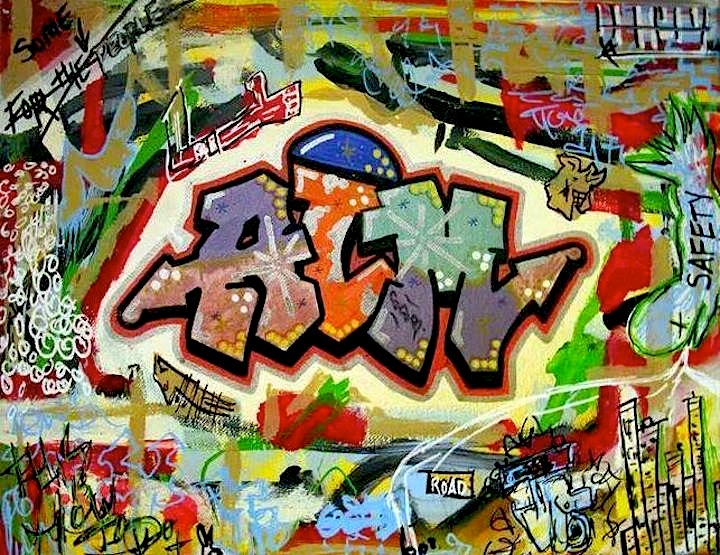This past Thursday evening, the High School of Art & Design hosted a reception, exhibition and panel discussion honoring 20 student winners of its first A&D Subway Car Design Competition. Soon after the event, I had the opportunity to speak to Art & Design alumnus and Old School graffiti writer George Colon aka AIM, who had invited us to this celebration of our favorite art form.
Thursday evening’s event was wonderful. We loved the way it brought so many folks – students, alumni, faculty, parents, artists and us graffiti aficionados — together. Whose idea was it?
Two years ago, I presented the idea of a panel discussion on the theme of graffiti art to the school’s administration. Art & Design seemed like the ideal site to host such a symposium, since so many famed writers are A&D alumni. The faculty, though, was hesitant at the time to engage in a graffiti-related event. They were afraid, I assume, of negative reprisals.
How, then, did last week’s amazing event happen? What caused the change? Why was the school suddenly receptive?
There were several factors. First, there was a change in the administration. The new principal is open to new ideas and programs that he feels are in the students’ interests. And I connected with A&D alumnus, George Alonso, who was in touch with Klim Kozinevich — the designer of the All City Style Blank NYC Subway Cars. It was George’s idea that a few of us alumni offer the students a workshop in designing subway cars. Alumnus Klim Kozinevich donated the All City Style Blank NYC Subway Cars and everything else followed.
What was your original inspiration behind this? What spurred you to see it through?
I felt that I wanted to give back. It was also an opportunity to educate folks about a global art form that has strong roots in this particular school.
The panel discussion was certainly informative. George Alonso was the perfect moderator, and you, along with Spar One and Kenji Takabayashi, had much to offer. The audience was totally engaged. Why do you suppose there seems to be so much interest these days in graffiti, particularly from the perspective of veteran writers?
As graffiti is increasingly embraced by professionals and recognized as a legitimate art form, it is more likely to spur the interest of folks who would ordinarily dismiss it.
Yes! Once an art form becomes the subject of museum retrospectives, it is difficult to relegate it to mere vandalism! What’s ahead for you?
We are planning to continue collaborating with Art & Design. We would like to make the A&D Subway Car Design Competition an annual event, and we’d love to conduct graffiti–inspired design workshops in other educational settings.
That would be great! Good luck!
Images
1. First-place winner, James Dundon (design — center top)
2. George Colon aka AIM SSB signing books presented to students
3. Trains designed by A&D alumni: Kenji Takabayashi, George Colon aka AIM, Sexer, Spar One and Flint
4. Spar One with black book in hand
6. Joe Russo
Photo credits: 1, 3 & 4 Tara Murray; 2 Todd Atkinson; 5 & 6 Lois Stavsky; interview conducted and edited by Lois Stavsky
{ 4 comments }
